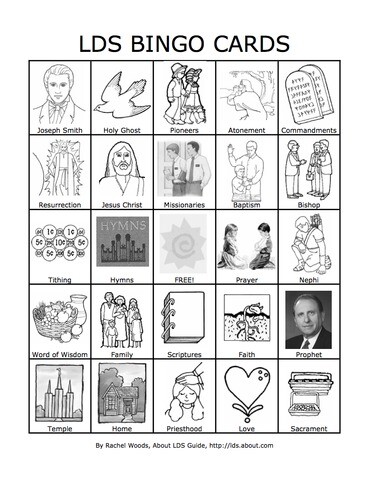The loud voices. The constant squirming. The screaming. And the crying. Oh, the crying. Every. Week.
Each of us has experienced young children in sacrament—either as an outsider or the parent/child wrangler. So how do we teach reverence to very young children (nursery to Sunbeam age), while still being realistic about their developmental needs of movement and stimulation? This is labeled a "how to," but I'm still learning—so I'd love additional suggestions below. I've gleaned ideas from my own and other's experiences, as well as ideas online—and these can be applied across the board to other Church meetings as well. So here goes:
Bring a bag, for heaven's sake.
As a first-time mother, I started this later than I should have. My baby turned into a busy toddler before I realized it, and for several weeks we were miserable trying to keep him occupied with hymn books and the (now forbidden) iPad. Now, I pack a coloring book, crayons, several quiet/board books, and sometimes a snack (though I will probably end that soon). My sister made a gospel ABC book for her 2-year-old daughter, which she loves to look through any time; there's also a wonderful book by Sister Kristen Oaks about testimonies that comes with an interactive "testimony glove" (check it out here). There are also gospel coloring books and other church-centric activities (see below) that help occupy and teach.
A bag for a younger baby might include milk, toys to chew on, soft and silent play toys, etc. Make sure to switch activities out every couple weeks or so, and weed out the things that become unnecessary as your child grows—which might be sooner than you think.
Once at church, wait to bring out the bag.
While I disagree that activities for young children should never be used, I agree that reverence needs to be taught early. Wait as long as possible before bringing out activities; encourage your child to fold arms and listen to the sacrament prayer, and take breaks from activities so he or she can start learning to listen to the talks. Whittle down activity time as age and mental development progress.
(You may also start introducing this concept with things like this board book by Chad Bagley, Reverence Begins With Me, or thesestickers that can be given to children when you notice they are being reverent.)
Make time out of the chapel less pleasant than time in the chapel.
Early on in our toddler-wrestling journey, we would simply remove our son when he started getting loud and unreasonable and would either sit in the foyer or just walk around the building with him. He (understandably) started to prefer time out of the chapel, so he would start acting out or simply ask—quite loudly—to go out. Now we take him to a room and sit quietly so that he understands reverence in the well-lit, activity-filled chapel is preferable to being taken out—and he's even happier to rejoin sacrament meeting and try again to be still.
Use your resources.
If you know it's going to be a tough day, find someone who doesn't have young children and ask them if they might be willing to help you. Visiting teachers, home teachers, etc., will likely be more than happy to help handle children.
My husband has also told me of a magical room where he grew up called "the cry room." It was a sound-proof room on each side of the chapel with a two-way mirror—meaning parents could take unhappy children in there and still participate in the meeting without bothering others. (I'm thinking of petitioning for this to be included in every new chapel.) You may not have this, but maybe your ward could arrange a short-range broadcast to another room in the building, where you can take crying children but still participate in the messages.
Use developmentally appropriate tactics.
This will differ for every child. My 2-year-old son already understands timeouts and can (usually) talk calmly with me and give me a reason, when it's over, for why he was there. To a certain extent, he understands choice and consequence. Other 2-year-olds do not. By this same token, he wasn't ready for us to start teaching rule enforcement before 18 months, but some children may be. Pray to understand the needs of your child, and even if you have to endure stares from others as you stick to the plan that is right for your child, you'll know you're doing the right thing.
And now, a note to those who do not have young children:
Much has already been said about other people's children making noise during church—both from those who dislike it and those who love it. As hard as I and other young parents try, we will not always be able to quiet or remove our children in a timely manner—meaning you might be disturbed in your listening or meditation. And here is where I make an impassioned plea: please, be patient. Ours is a family church, and we should always be mindful of being welcoming and helpful to those with young families, rather than making them feel that coming to church isn't worth the effort and embarrassment.
All any of us can do is make resolutions for ourselves and how we will handle our own families—and offer help to others who might be struggling. Truly, if we are put off by someone else's handling of their children, it is more our fault for choosing to take issue or offense. The Spirit resides in a peaceful and loving heart, and I believe this can be true even when outside forces, beyond our control, may not be peaceful. So, as always, a little understanding goes a long way. And if a particular child is really bothering you, try to sit near that family the next week and kindly offer to help.
In addition to the above general suggestions, here are 5 fabulous quiet activities that might bring new life to your church bag:
1. Latter-day Saint ABC Quiet Book
Create your own using the clear alphabet template at TryingtoBeImportant.com:
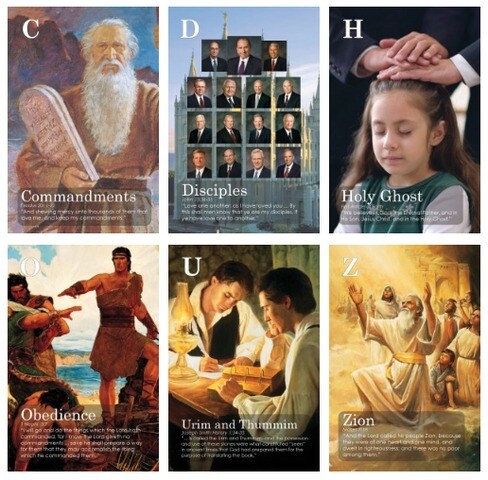
Or use an idea, like this beautiful one from Grey Square Designs, to create your own:
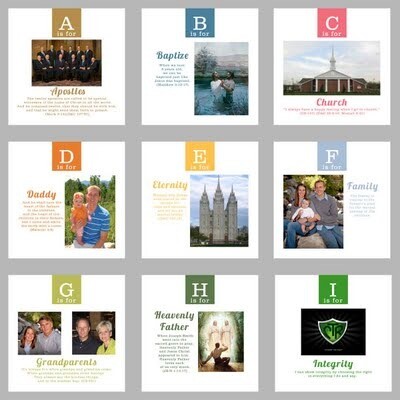
2. Dry-erase (or washable marker) Latter-day Saint activity book:
Includes letter tracing with scriptural or general authority names, colors, etc.
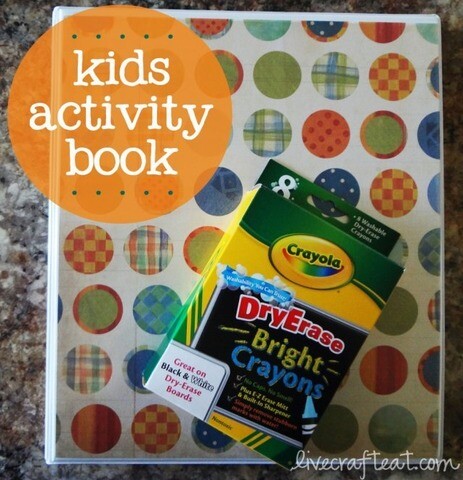
3. Stitching cards with gospel pictures:
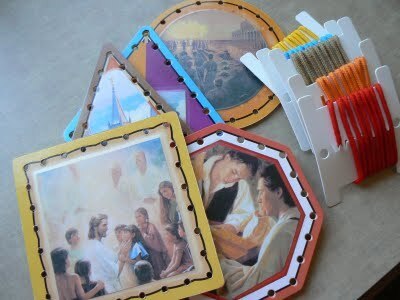
4. Puzzles:

► You may also like: 10 screen-free games and activities your whole family will love
5. Latter-day Saint Picture Bingo
